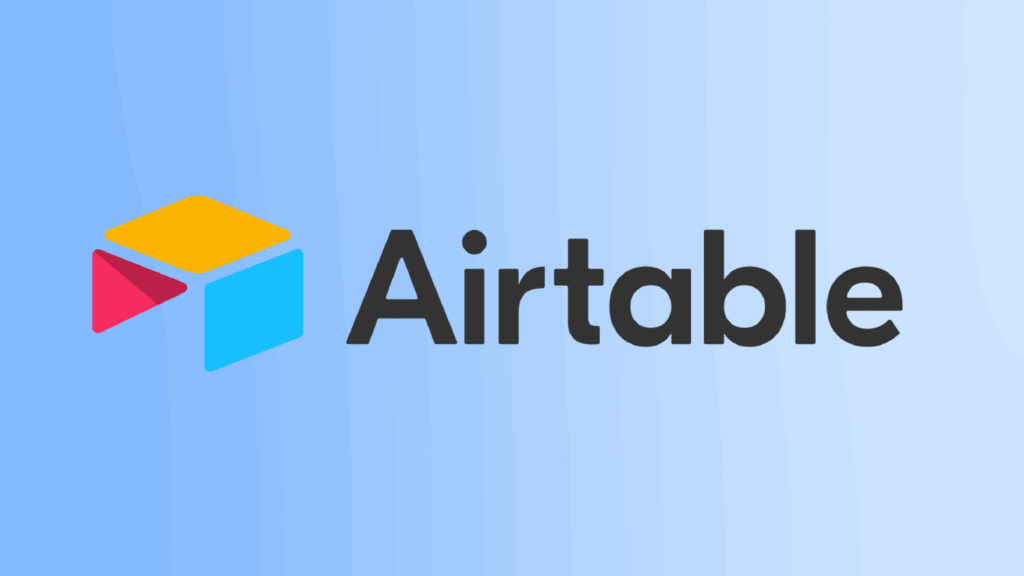Airtable’s native form tool allows you to easily create and publish a form that’s linked to a table in your base. Fillout, on the other hand, is a form tool that can be easily integrated within Airtable.
To help you make an informed decision on which form tool better suits your organizational needs we’ve come up with some pros and cons that need to be considered when determining which of these tools would be best for your use case.

Airtable Forms
Pros
- Simple and easy to get up and running, especially if you are already using Airtable as your database.
- No field mapping required.
- Basic automation and workflow support.
- Conditional visibility on Airtable forms can improve the user experience.
- No extra cost if you are already using Airtable.
- Ability to publish new versions and good sharing capabilities.
- Strong brand reputation.
Cons
- Limited redirect capabilities and only in the standalone form, not an interface form.
- Advanced features (ex. redirect after submitting or limited branding controls) are only available on higher plans.
- No multi-page form or status bar capabilities.
- No ability to “save for later”;.
- Can’t display formula or computed fields.
- Limited look and feel capabilities.
- Interface forms and standalone forms can be extremely confusing to differentiate.

Fillout Forms
Pros
- User-friendly interface makes it quick to set up forms without coding. Users can also design the form to match brand identity.
- Flexible user experience that offers more control over form logic, flow, and conditional visibility. Allows for multi-page forms with start and end pages.
- Allows for scheduling, payments, signatures, and PDF completion.
- Linked record editing (new feature!) so you can now edit related records directly from the form – useful for relational databases.
- Post-submission updates that allow users can submit a form and later update the record, which is great for dynamic workflows.
- Can redirect users upon completion.
- Can share and embed forms easily.
- Allows you to resume in-progress forms if you exit the form tab before submitting.
- Fillout is continually shipping new features.
Cons
- Added complexity because you must carefully ensure all form fields map correctly to Airtable fields – easy to misconfigure.
- Adds risk and technical overhead from the extra layer between the user and Airtable increases potential points of failure or sync issues.
- Extra cost and licensing because some advanced features require additional plans and may incur added expenses.
Key Considerations for Your Business Needs
Airtable’s native form tool allows you to easily create and publish a form that’s linked to a table in your base. Fillout, on the other hand, is a form tool that can be easily integrated within Airtable.
To help you make an informed decision on which form tool better suits your organizational needs we’ve come up with some pros and cons that need to be considered when determining which of these tools would be best for your use case.
Branding & Design
If branding is an important factor for your team, here is how Airtable Forms and Fillout compare in terms of design and branding capabilities.
Airtable forms allow you to:
- Remove Airtable branding from forms (paid feature)
- Change the background colour (paid feature)
- Add a cover image (paid feature)
- Add a logo (paid feature)
- Customize the message that appears after submitting the form (free)
Fillout forms allow you to:
- Customize the colour theme of the entire form (free)
- Add headers, paragraph descriptions, dividers, images, videos, links, and banners anywhere in your form (free)
Specific Capabilities
If there are certain capabilities that you or your team would like to have in your form, here are some important capabilities that each tool has.
Airtable Forms:
- Conditionally visible fields
- Email responses to a specified person each time someone submits
- Redirect user after submitting the form
Fillout Forms:
- Conditionally visible fields (free)
- Email responses to a specified person each time someone submits
- Allows users to send a copy of their response to themselves
- Editing and creating linked records directly within the form
- Allows users to update an existing record
- Redirect user after submitting the form
Where Fillout Stands Out
Fillout has two important features that Airtable standalone forms do not offer. From working with over 200 clients we have found these features to be key reasons why a client would choose Fillout over an Airtable form.
The first stand out feature is the ability to create and edit linked records. Second, the ability to create an “update” form where users receive a specialized link to edit data they previously submitted. Both of these features come with the basic free plan in Fillout.
Where Airtable Forms Stand Out
Though Fillout does offer a lot of branding/design features and unique editing capabilities, sometimes a simple form is all you need for your workflows.
If you don’t have critical requirements for branding, customizability, or unique editing capabilities, an Airtable form might be the easiest and most straightforward way to get your form up and running.
By using an Airtable form, you can keep your entire workflow within the Airtable ecosystem without needing to manage any third-party tools.
Conclusion
Both Fillout and Airtable Forms allow you to create clean and streamlined forms to aid with your data entry process.
When choosing between these tools, the decision will come down to; your budget, design & branding requirements, the need for unique editing capabilities and the desire for simplicity.
If you would like more strategic guidance on what form would better suit your business workflows then chat with one of our Airtable consultants today!
Our team of experts specializes in custom Airtable solutions tailored to meet your unique business needs. Whether you’re a small startup or a large enterprise, we have the expertise and experience to transform your data management practices, improve your workflows, and drive your business success.
Book your initial consultation below today!
Want to learn more even about Airtable? Claribase has just released its very own Airtable course, Airtable Mastery! This course is brought to you by award-winning Airtable instructors who will walk you through every step of the way.
Whether you’re a solopreneur, a small business owner, or a member of a larger team, this course is perfect for anyone looking to supercharge their data organization and management.
